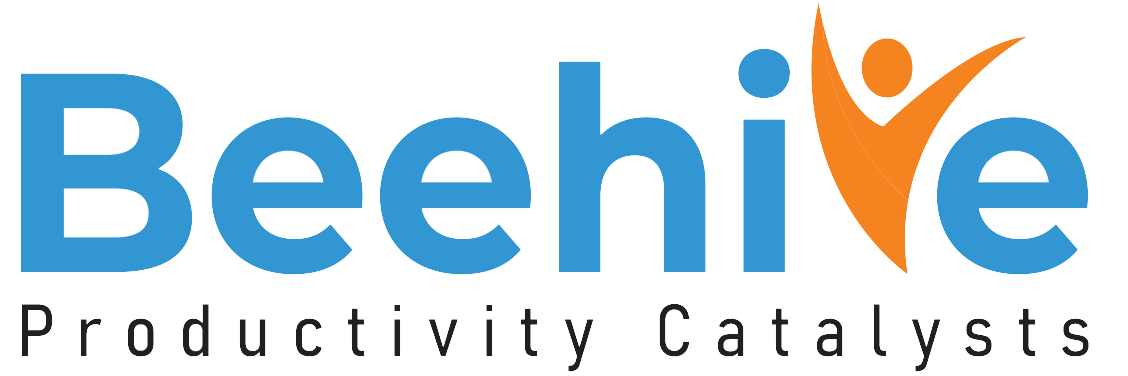Beehive HRMS: Redefining HR's Role in Engagement
Most employees don’t disengage overnight. It happens slowly and quietly, in the spaces between ignored feedback, unclear goals, and one-size-fits-all policies. While businesses depend on performance evaluation software, what gets overlooked is the fact that people stay where they feel seen, supported, and valued. This shows employee engagement has been mismanaged. And now, with the right tools, HR has a chance to rewrite that story with data, insight, and intention.
What is making headlines in HR news?
Employee engagement used to be the glitter glued on HR presentations—a “nice to have” metric usually tracked once a year and buried under a sea of other priorities. In 2025, engagement is no longer a side task. It’s the difference between retention and attrition, innovation and stagnation, thriving teams and resignation letters.
The challenge? Most organizations expect HR to drive engagement with outdated tools and no strategic authority. It’s time to redefine the role of HR by giving them Beehive HRMS, tools that track engagement and shape it actively.
The evolution of employee engagement
In the early 2000s, employee engagement meant surveys filled once a year with employees hoping the HR would read their comments. Then came the shift to culture-building, where companies realized that happy employees produced better results. Perks, purpose, and programs became popular but even then, the responsibility fell largely on HR to tie it together without a cohesive system.
Now, with distributed teams, rising mental health awareness and employee expectations at an all-time high, engagement has evolved again. It’s not about checking boxes or throwing pizza parties but crafting a meaningful employee experience, supported by data and driven by systems.
Employee engagement is a strategy
Surveys are valuable but they don’t replace engagement. In simple words, surveys are a temperature check but not the thermostat that has the control system.
Employee engagement is a long-game strategy. It’s how companies build trust, reinforce values, promote fairness, and support growth. And like any good strategy, it needs consistent execution, cross-functional ownership, and measurement.
According to Gallup:
- Highly engaged teams show 23% greater profitability.
- Companies with engaged employees see 43% lower turnover
source: https://www.gallup.com/workplace/236927/employee-engagement-drives-growth.aspx
HR teams can’t achieve this with a single survey platform or a monthly newsletter. They need integrated systems that turn employee engagement into an operational practice.
What modern employees expect
It’s more than giving people a paycheck and a beanbag chair. Today’s workforce is demanding something richer and more human. They expect:
- Clarity in role and purpose
- Access to growth and development opportunities
- Responsive leadership and meaningful feedback
- Well-being and work-life balance
- Trust, transparency, and inclusion
When these aren’t met, employees don’t usually confront the issue—they disengage quietly and then resign loudly.
A 2024 Qualtrics study found that 68% of employees who left their jobs in the past 12 months cited a lack of meaningful connection with their work as a key reason
source: https://www.qualtrics.com/blog/employee-experience-trends/
The expanded role of HR in engagement
The myth that HR is solely responsible for employee engagement is outdated and counterproductive. Engagement is a collective business responsibility, but HR leads the orchestration.
To succeed, HR must shift from managing tasks to managing experiences, something only possible when they are equipped to:
- Analyze engagement drivers across departments and demographics
- Deploy surveys and interpret results in real-time
- Collaborate with leadership to design systemic culture improvements
- Track engagement against performance, retention, and well-being metrics
- Act on feedback through integrated HR initiatives
This expanded role is no longer about enforcing policy—it’s about influencing the employee journey.
Core engagement drivers every HR team must tackle
Here are six areas HR needs to continuously monitor and optimize for real engagement impact:
- Onboarding experience
The first 90 days shape long-term commitment. Employees who experience structured, welcoming onboarding are 58% more likely to remain with the company after three years
source: SHRM
- Recognition and feedback loops
Employees want regular acknowledgment and coaching, not an annual review that feels like a formality.
- Learning and career development
Career stagnation is one of the biggest engagement killers. Growth paths, training, and mobility must be visible and accessible.
- Manager effectiveness
Managers are the single most important influence on engagement. HR must train, track, and support managers as engagement multipliers.
- Work-life alignment
Flexibility, mental health resources, and remote/hybrid policies directly affect energy levels and satisfaction.
- Exit trends and early warning signs
Understanding why people disengage before they quit is the secret to reducing attrition.
The tech advantage: HRMS as a catalyst for engagement
An HRMS (Human Resource Management System) is more than a mere database. When well implemented, it becomes the operating system for employee experience. Engagement is dynamic and the employee engagement tools used to manage it must be agile, interconnected, and user-friendly.
Beehive HRMS workforce engagement software acts as a strategic enabler that gives HR:
- Visibility into engagement trends
- Automation for repetitive processes
- Access to real-time data for early action
- Integration with performance management and development tools
Empowerment to influence leadership and cultural decisions
How Beehive HRMS redefines employee engagement
Beehive HRMS was built on the idea that HR deserves better tools and employees deserve better experiences. Here’s how we support deep engagement from day one:
Survey & Poll Modules
Easily create custom surveys, collect anonymous feedback, and analyze responses in real-time. Stay on top of sentiment, burnout, and morale shifts.
Employee Engagement Tools
Design and manage engagement initiatives that are connected to actual metrics. Track participation, feedback, and ROI of engagement activities.
OKR & Goal Setting Integration
Align employees with company-wide objectives. Help them see how their work contributes to the big picture. This is one of the strongest engagement levers.
Training & Development Management
Provide personalized learning paths, track training effectiveness, and tie skill-building directly to employee aspirations.
Performance Management with Continuous Feedback
Enable real-time check-ins, manager reviews, and peer feedback. Ditch the dusty annual review for meaningful development conversations.
Task and Recognition Features
Celebrate achievements in the same place where work gets done. From project completions to milestones, Beehive makes it easy to highlight wins.
Analytics Dashboard
From pulse results to exit interviews, get engagement-related data in one place. Make data-driven decisions that impact culture leaving nothing to guess.
Equip HR to engage, not just administer
Don’t treat employee engagement like a campaign because it’s a system. And HR shouldn’t be expected to build that system with sticky notes, instinct, and spreadsheets.
With Beehive HRMS, your HR team gets a complete ecosystem to support engagement, track it, and improve it at every stage of the employee lifecycle. From onboarding to development to exit, every moment becomes an opportunity to connect and retain.
Everyone wins when HR leads with data, strategy, and empathy. And Beehive employee engagement tools make that leadership possible.






